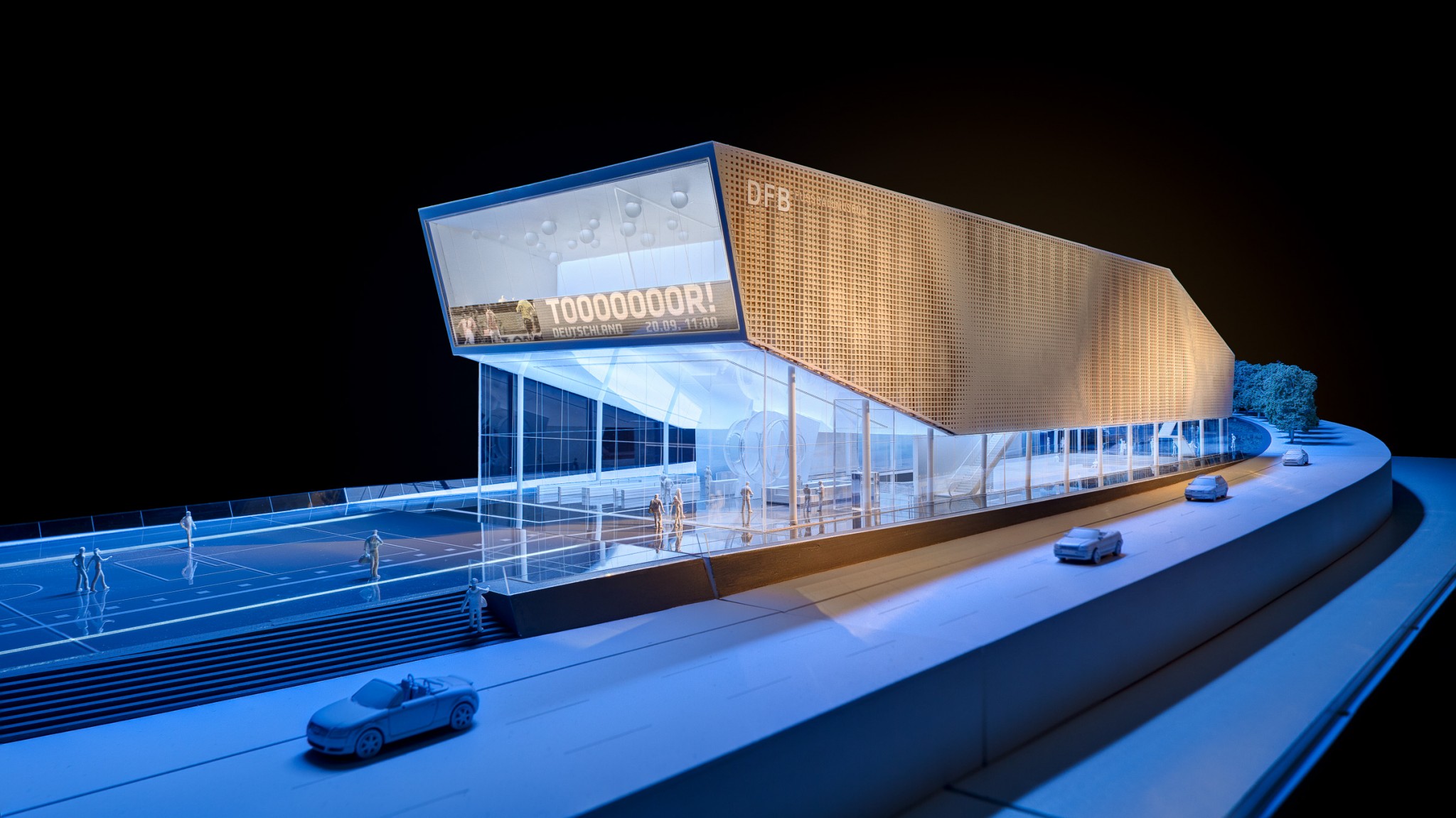Understanding Architectural Model Maker Exhibitions
Architectural model maker exhibitions serve as dynamic platforms for architects, designers, and artisans to showcase their innovative talents in model creation. These exhibitions not only highlight the intricate craftsmanship involved in building scale representations of architectural designs but also educate audiences on the significance of models in the architectural process. Attendees can expect to see a variety of models that range from traditional physical models to cutting-edge digital presentations. Participating in a architectural model maker exibition can provide valuable insights into contemporary architectural practices and market trends.
What to Expect from an Architectural Model Maker Exhibition
When attending an architectural model maker exhibition, visitors can expect a rich experience filled with creativity and expertise. These events typically feature a diverse array of exhibits that showcase the latest trends and technologies in model making. Models are often displayed alongside detailed descriptions and context about the projects they represent, offering a deeper understanding of the architect’s intent.
Additionally, many exhibitions offer workshops and talks from industry experts, giving attendees the chance to learn more about the art of model making. Networking opportunities are also plentiful as architects and model makers gather to discuss their work, share ideas, and connect with potential collaborators.
The Importance of Model Making in Architecture
Model making is a critical component in the field of architecture. It serves as a visual and tactile representation of a design, allowing architects to explore spatial relationships, materials, and scale before moving to the construction phase. Models offer a way to communicate complex ideas more effectively to clients, stakeholders, and the public. They can help identify design flaws early in the process, saving time and resources in the long run.
Moreover, models play an essential role in presentations and public exhibitions where visual storytelling is key to engaging an audience. The ability to view a project in three dimensions enhances understanding and appreciation of the design, often eliciting more positive responses from clients and stakeholders alike.
Common Themes and Trends in Exhibitions
Architectural exhibitions often reflect current societal trends and technological advancements. Recently, themes such as sustainability, urban development, and digital innovation have been prominent. Exhibitors are increasingly showcasing models that highlight eco-friendly materials and designs that address climate change concerns.
Another prevailing trend is the integration of augmented reality (AR) and virtual reality (VR) technologies to enhance the experience of model viewing. These technologies allow for interactive displays where visitors can explore designs in a more immersive manner, leading to a better understanding of the spatial dynamics involved.
Types of Models Presented at Architectural Exhibitions
Scale Models: A Closer Look
Scale models are perhaps the most recognizable type of representation at architectural exhibitions. These models are crafted to specific ratios to realistically depict the structure’s size and proportions relative to its surroundings. Typically constructed from various materials, including plastic, wood, and metal, scale models highlight the physicality of architectural designs.
Attendees often notice how scale models can convey light, shadow, and texture, providing a comprehensive insight into the final appearance of the structure. Furthermore, sophisticated lighting systems are sometimes incorporated into these models to showcase the project under different lighting conditions.
Interactive Models for Audience Engagement
Increasingly, exhibitions are featuring interactive models that allow audiences to engage directly with the designs. These models may include moving parts, sound effects, or digital interfaces that enable visitors to manipulate the model or view it from various angles using touchscreen devices.
This form of engagement not only captivates the audience but also helps convey complex architectural narratives in an accessible manner. For instance, an interactive model of an urban development project could allow users to simulate traffic flow or visualize neighborhood changes over time.
Exhibition Displays: Techniques Used by Professionals
Professional displays at architectural exhibitions employ a variety of techniques to enhance visibility and engagement. Creative lighting arrangements can dramatically alter the perception of a model, while carefully curated background displays provide context to the project being presented.
Innovative display techniques, such as transparent materials or backlit designs, allow for models to stand out against their surroundings. This attention to detail not only improves aesthetic appeal but also functions to draw the audience in, encouraging them to learn more about the project.
Key Skills for an Architectural Model Maker
Essential Materials and Tools Required
The craft of architectural model making requires a diverse set of materials and tools. Common materials include foam boards, acrylic sheets, balsa wood, and resin, each offering unique benefits in terms of appearance and functionality.
Model makers rely on various tools such as precision knives, cutting mats, and adhesives to create their models. Additionally, advanced materials like 3D printing filaments or laser-cut components are becoming increasingly utilized as technology advances, allowing for greater accuracy and intricacy.
Technical Skills and Creative Vision
Successful architectural model makers possess a combination of technical and creative skills. A strong understanding of architectural principles is essential, as is the ability to manipulate materials effectively. Model makers must be detail-oriented, ensuring that every aspect of the model is crafted with precision.
Their creative vision is equally important; model makers need to be able to visualize the architect’s design and interpret it into a tangible format. This involves not just replication but also an understanding of how to express the intent behind the architecture through the model.
The Role of Detail in Model Making
Detailing is a crucial aspect of architectural model making, as it can greatly influence the model’s realism and effectiveness in conveying the architectural narrative. This includes accurately depicting textures, colors, and even minute components like windows, doors, and landscaping.
Attention to detail reflects the level of professionalism and dedication in the work, as it can significantly impact the final presentation. Higher levels of detail often result in more engaging models that attract positive feedback from stakeholders and viewers.
Case Studies: Successful Architectural Model Maker Exhibitions
Highlighting Iconic Exhibitions from Around the World
Throughout the years, several architectural model maker exhibitions have set benchmarks for creativity and innovation. Notable examples include the “Shaping Space” exhibition at the Building Centre in London, which featured a range of models that explored the intersection of architecture and interactive technologies. This exhibition highlighted how models can facilitate public engagement through experiential learning.
Another iconic exhibition was “Los Angeles: A Model City” at the A+D Museum, showcasing the city’s architectural evolution through various meticulously crafted models. This exhibit not only displayed models of significant historical buildings but also allowed visitors to appreciate the gradual transformation of urban landscapes.
Lessons Learned from Notable Architectural Displays
One key lesson from successful exhibitions is the importance of storytelling through model display. Models are more engaging when accompanied by narratives that explain the design thought process and architectural significance. Great exhibitions often utilize displays that integrate multimedia elements, such as videos or interactive kiosks, to further enhance visitor understanding.
Another takeaway is the value placed on collaboration. Many successful exhibitions result from partnerships between architects, designers, and experiential curators who work together to bring the vision to life, thus creating a more holistic experience for attendees.
Impact of Exhibitions on Public Perception of Architecture
Architectural exhibitions play a significant role in shaping public perception of architecture. By showcasing models of innovative projects, exhibitions can help demystify the architectural process and educate attendees on current issues such as sustainability and urban development.
Moreover, public engagement through exhibitions creates dialogue around architectural movements, enhancing appreciation for the profession. Positive reception from exhibitions can also influence future projects, encouraging architects to push creative boundaries and develop designs that resonate with the community.
Future of Architectural Model Maker Exhibitions
Innovative Techniques on the Horizon
As technology continues to evolve, the field of architectural model making is poised for exciting advancements. Innovations such as 3D printing and CNC machining are already enhancing how models are created, allowing for unprecedented precision and complexity.
Future exhibitions may increasingly utilize virtual and augmented reality to provide immersive experiences that blend the digital and physical realms. As these technologies become more accessible, they have the potential to revolutionize how visitors interact with architectural models.
The Integration of Technology in Model Making
Incorporating technology into architectural model making is not just about tools; it’s also about the ways that models are presented. Integrating software that allows real-time rendering of models can enable architects to collaborate on designs more effectively during exhibitions.
This approach not only enhances engagement but also allows for immediate feedback and iterative design processes, making the often-daunting task of model making more collaborative and less isolated.
Anticipated Trends in Future Exhibitions
Looking ahead, anticipated trends in architectural model maker exhibitions include an increased focus on sustainability, not only in the materials used but also in the concepts presented. More exhibitions will likely emphasize designs that address climate change and promote green building practices.
Additionally, audiences can expect more community-driven exhibitions where local stakeholders are invited to participate in the design process. Such an approach ensures that the models presented are not only innovative but also deeply rooted in the needs and aspirations of the communities they serve.



